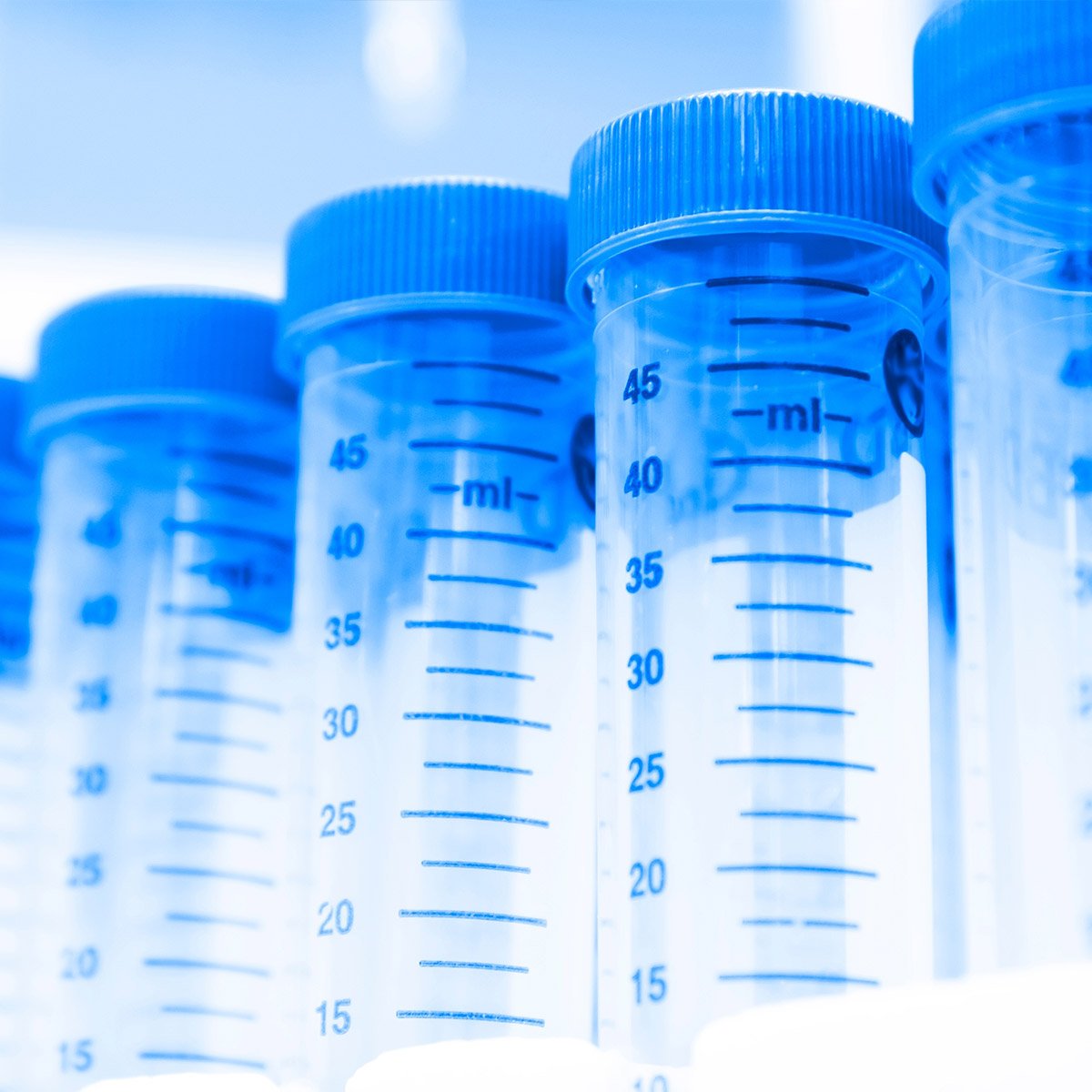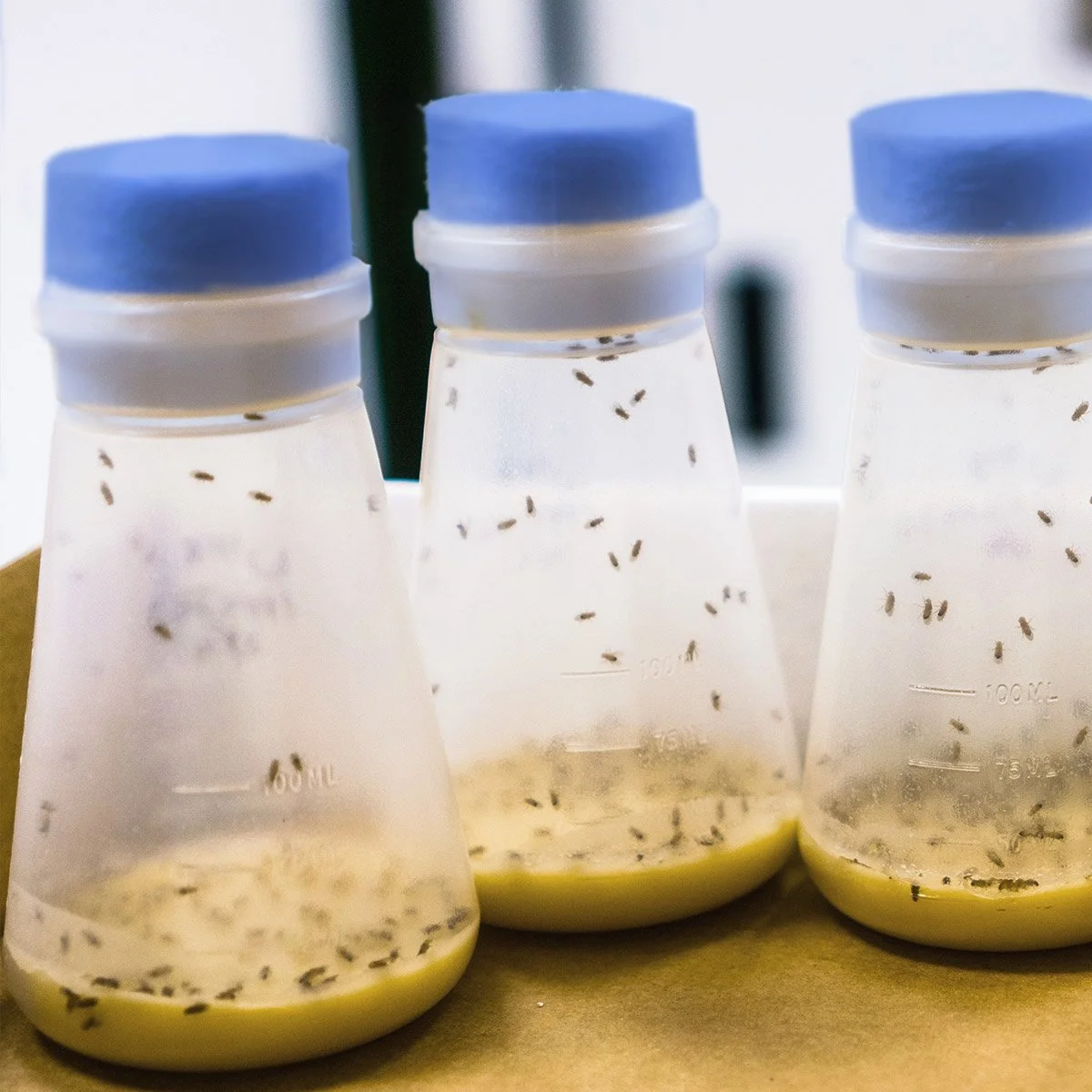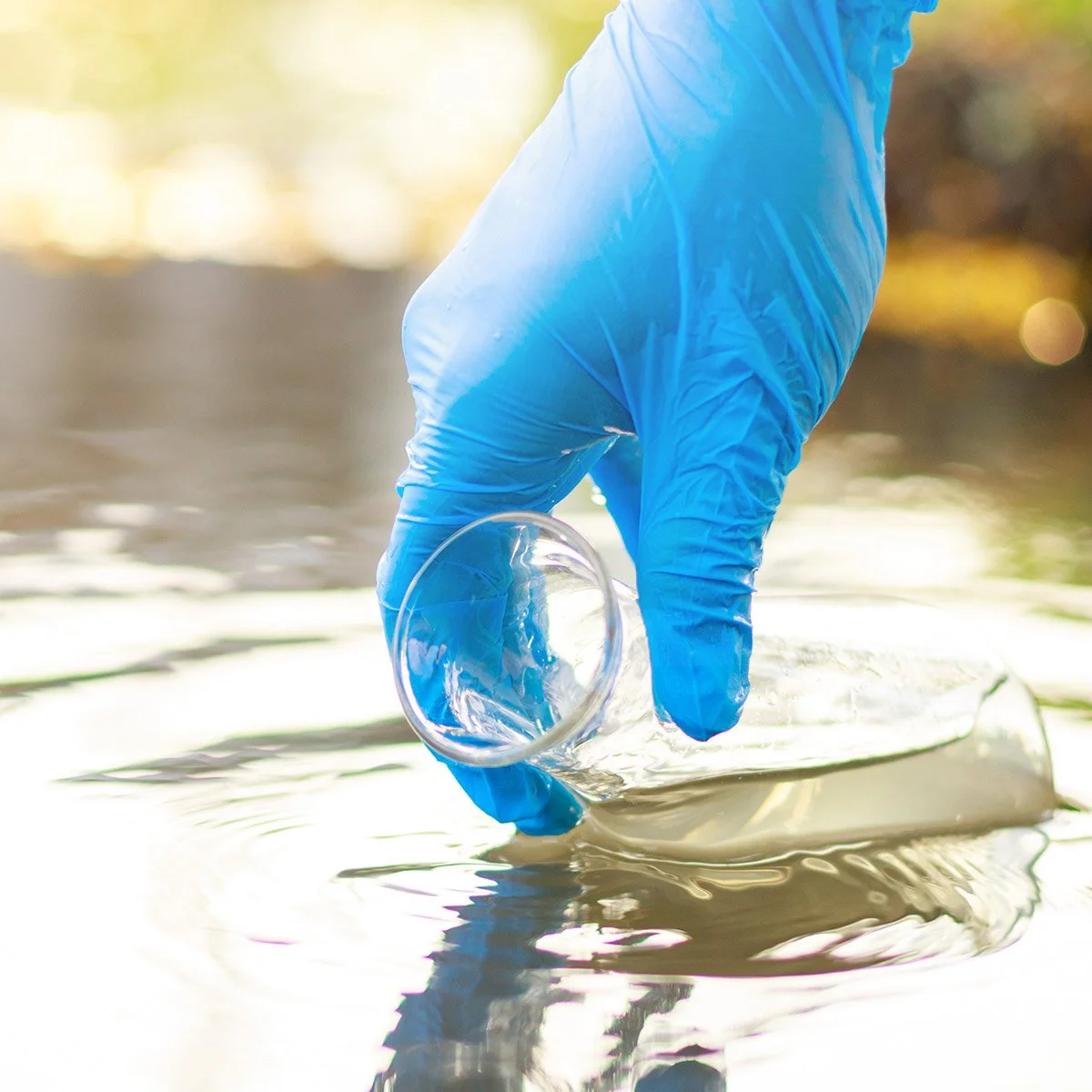Biological assays have been shifting towards miniaturization for some time, increasing lab work efficiency and enabling high throughput. From genomic sequencing in research laboratories, to molecular diagnostics in healthcare settings, microfluidic device technologies have demonstrated a profoundly sustainable impact in bioscience. Their greatest effect has been in healthcare. Today’s green lab tip spotlights microfluidic technology as one of the most exciting areas in bioscience sustainability!
The State of Utah Center of Excellence for Biomedical Microfluidics collaborates with biologists
Center Director Dr. Bruce Gail and his colleagues at the State of Utah Center of Execellence for Biomedical Microfluidics at the University of Utah partner with leading industrial, academic, and government institutions to develop microfluidic solutions to challenging biomedical problems. Microfluidic devices are defined as operating in fluid dimensions of less than 1 mm. Components can be made from glass, plastics, silicon and metals. The devices must be transparent, non-fluorescent and biocompatible. The goal is to produce devices at low cost to enable reproducible, high throughput assays.
The team’s latest review (1) is a great reference for anyone new to microfluidic devices. This paper provides an excellent overview of current laminate, molding, 3D printing, and high resolution nanofabrication techniques. Of the three, laminate devices currently perform far better in scaled-up manufacturing and enable the incorporation of multiple materials and components. However, according to the authors, 3D printing is quickly catching up. This makes microfluidic technology accessibility to more biology research labs worldwide. Two recent reports (2,3) note new techniques that further improve 3D printing for chemical and bioanalytical applications.
Image credit: Graphical abstract Bruce K. Gale et al. A Review of Current Methods in Microfluidic Device Fabrication and Future Commercialization Prospects (2018) Inventions, 3(3), 60;
“There is a high probability that as 3D printing improves, it will replace nearly all the other methods of microfluidic device manufacturing in research and a good probability that 3D printing will become the primary commercial manufacturing methods due to its straightforward scale-up and custom device manufacturing potential. “ - Bruce Gail et al.
Microfluidic devices are already widely used for healthcare molecular diagnostics to great effect!
The most remarkable impact of this technology is in medical molecular diagnostics. Two companies that make microfluidic or “millifluidic” devices and lab instruments for clinical and research labs, are BioFire Diagnostics and Cepheid. You can view the videos below to see how their devices work. BioFire Diagnostics makes BioFire FilmArray® systems based on multiplex PCR for determining infectious disease. The company Cepheid has 22,000 GeneXpert Systems also using multiplex PCR worldwide, for both infectious disease and oncology diagnostics. PCR is more accurate and far less time consuming than identifying infectious agents by lab culture. Notably, Cepheid has made efforts to minimizes the use of hazardous materials and packaging waste in its product design. Cepheid also has an end-of-life take back program for its instruments. Both companies offer different sized instruments to allow for scale up of the number of assays run at once.
Clinicians use fast test results from these systems to enable medical decision making. This means that doctors are able to provide treatment without delay. The engineered automaticity allows quick, reproducible tests by non-experts in clinical labs. These microfluidic device systems have been proven to curb antibiotic resistance in pathogenic microbes and reduce the transmission of infectious disease in hospitals. There is also a huge cost savings. The non-profit Cone Health, with its six hospitals, noted 50% fewer hospital acquired infections and $23M saved annually after implementing Cepheid systems.Consider the energy and material resources saved by avoiding longer lab hours., Think of all the unnecessary or incorrect medical treatments avoided by patients. That’s a big ecological, economical and humanitarian reward!
genomics-based assay discovery
As biotech developers and academic researchers push the frontiers of genomic medicine, it’s nice to know that this field is also supporting ecological sustainability. There is great potential for many more bioassays to be run in microfluidic devices. Every genomics discovery that can be translated to microfluidic devices will make practicing medicine more sustainable. Can you imagine the long-term sustainability impact? Please consider if your biomedical research project could benefit from incorporating this sort of sustainable technology early on.
Citations:
Bruce K. Gale et al. A Review of Current Methods in Microfluidic Device Fabrication and Future Commercialization Prospects (2018) Inventions, 3(3), 60;
Valentina Romanov et al. FDM 3D Printing of High-Pressure, Heat-Resistant, Transparent Microfluidic Devices (2018) Anal. Chem. 90 (17), pp 10450-10456
Lucas Bressan et al. Simple procedure to produce FDM-based 3D-printed microfluidic devices with integrated PMMA optical window (2019) Analytical methods 11(8)













This month, the U.S. Pharmacopeia (USP) officially permits recombinant reagents for bacterial endotoxin testing. If every lab using Limulus polyphemus-based reagents switched, it would prevent the deaths of around a hundred thousand horseshoe crabs each year. More likely, labs able to switch will reap the benefits of improved testing accuracy, and this will relieve pressure from our tenuous dependency on wildlife.